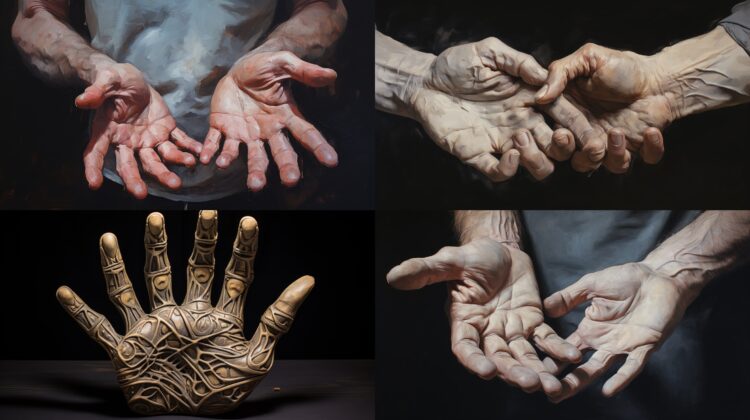Introduction:
Artificial Intelligence (AI) has made significant progress in various areas like object recognition, speech synthesis, and even creative tasks like painting and music composition. However, when it comes to drawing hands, AI still has a long way to go.
The Complexity of Hands:
Hands are one of the most intricate and complex parts of the human body. They consist of multiple joints, bones, tendons, and muscles, and can move in countless different ways. Capturing the delicate movements, proportions, and details of hands accurately is a challenging task even for experienced human artists.
AI systems typically rely on deep learning algorithms and neural networks to learn from vast amounts of data. While these techniques have shown great promise in many domains, they struggle with the complexity and variability of hand drawings.
The Lack of Sufficient Training Data:
To train an AI system to draw hands realistically, it needs access to a vast and diverse dataset of hand drawings. However, such datasets are limited in size and quality. Hand drawings done by humans are subjective and can vary greatly in style, level of detail, and accuracy.
Current datasets often contain a relatively small number of hand drawings that may not cover the full range of hand poses, angles, and gestures. This lack of diverse training data makes it challenging for AI systems to generalize and produce realistic hand drawings in different contexts.
The Difficulty of Defining Aesthetic Preferences:
Artistic style and subjective aesthetic preferences play a significant role in the creation of visually pleasing hand drawings. AI systems struggle to understand and replicate these subjective aspects accurately.
While AI can analyze patterns and learn from existing hand drawings, it may lack the creative intuition and understanding of human artists. The ability to capture the essence of a hand’s expressiveness, emotions, and aesthetic appeal is still a uniquely human skill that AI has not fully achieved.
Conclusion:
AI has made remarkable progress in various artistic and creative tasks, but drawing hands proves to be a particularly challenging endeavor. The complexity of hands, the lack of sufficient training data, and the difficulty of defining aesthetic preferences are some of the main reasons why AI currently struggles to draw hands realistically. Nonetheless, with continued research and advancements in AI, we can hope to see improvements in this area in the future.










